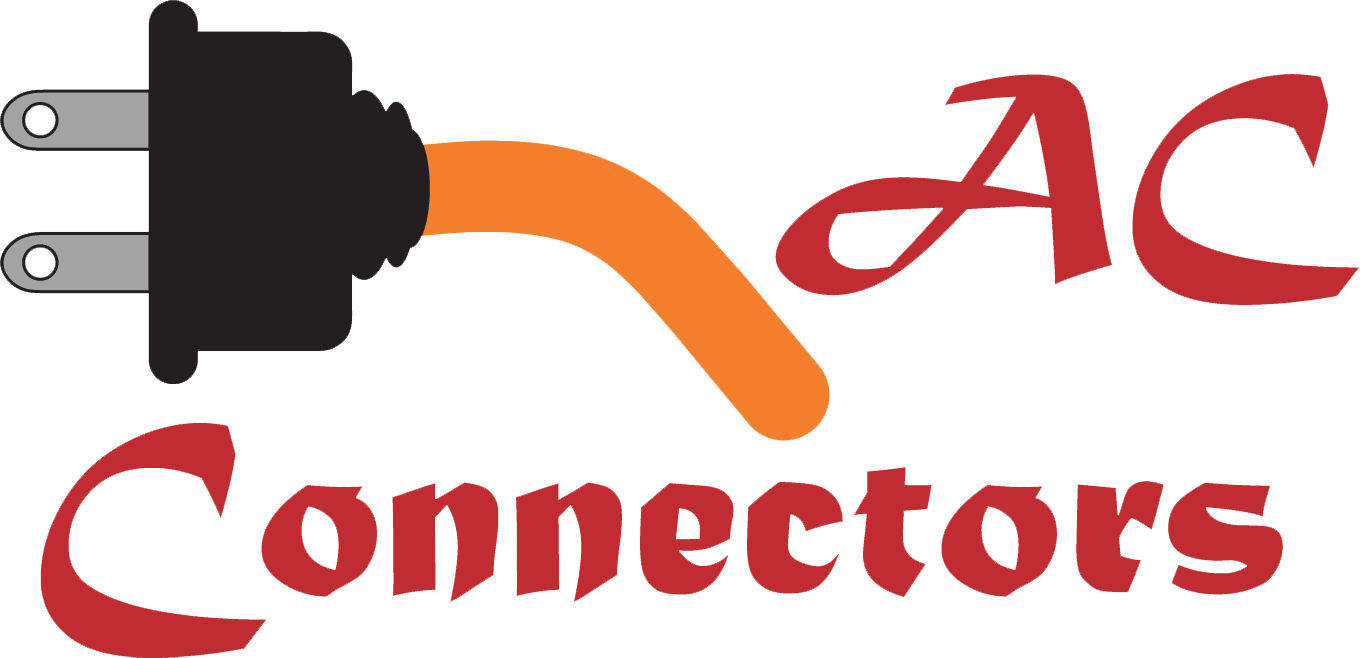Configuration (Plug/Connector) Matching
When dealing with NEMA configurations (Outlets/Plugs) there are many possible options and some of them are very similar. So similar, it can be hard to tell the difference without a picture. You might reach out to us and say you need a three-prong plug or you have a 20 Amp outlet, for example. There are many options that can confuse a person, for both of these examples.

As you can see from the visual above there are many three-prong locking NEMA configurations, and multiple of them have the curve facing out or inward and are 15 Amps or 20 Amps. They may also be of different sizes. Some configurations are larger than other when you see them in person and it is hard to convey that from wording or NEMA Configuration images like the above.
If the image above did not confuse you enough here is another image of more NEMA Configuration possibilities.

As you can see there are multiple configurations with 20 or 30 Amps, the same voltage, or where the number of prongs is the same. To avoid this confusion it is always best to send a picture of your plug and outlet so we can help you get the proper adapter the first time. We also have situations where appliances have plugs that don't look like household plug types and that confuses customers when having to plug them into the regular household outlets they have installed.
| Tanning Bed Plug | NEMA 5-20 Outlet |
 |
 |
A very common misconception is your plug will not match your connector, or outlet, perfectly. This is not the case, causing confusion when looking for an adapter, extension cord, power cable, etc. The male plug and the female connector are flipped when looking directly at them. See this example:


Another pair of NEMA configurations commonly mistaken are the L5-30 and L6-30.
Identifying the differences between L14-20 and L14-30 is also commonly confused.

